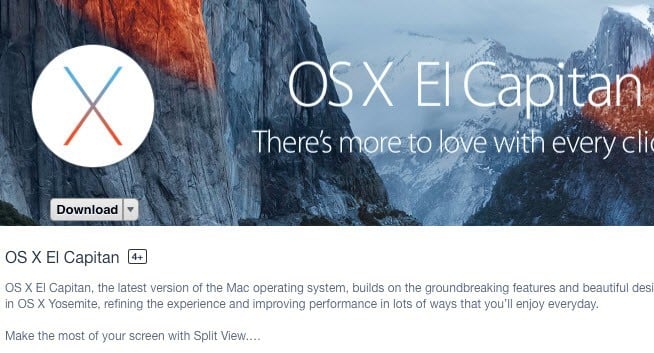

When done, attempt the above procedures to try again. If the procedure still fails with an error, then hopefully you have a full system backup ready, which you can restore to your Mac using the option to restore from a Time Machine backup in the OS X Recovery partition, or whatever cloning software you use. The Terminal may take a while to complete this step, but when done you can reboot your Mac and hold the Option key to show the boot menu, and then select the El Capitan installation drive you just created to run the installer and upgrade your Mac’s internal hard drive. You will also need to have first downloaded the OS X El Capitan installer from the App Store, and have this present in your Applications folder.
:max_bytes(150000):strip_icc()/OSXElCapitanDiskUtilityscreenshot-54cd339feea24cb78d7b73c83bb298f7.jpg)
Note that if you get any errors, be sure your USB drive is formatted and named “INSTALLER” so the command will properly target it. Press Enter to run the pasted command, and supply your password when prompted (it will not show when typed). N.app/Contents/Resources/createinstallme\ĭia -volume /Volumes/INSTALLER -applic\Ītionpath /Applications/Install\ OS\ X\ El\ Ca\ Sudo /Applications/Install\ OS\ X\ El\ Capita\



 0 kommentar(er)
0 kommentar(er)
